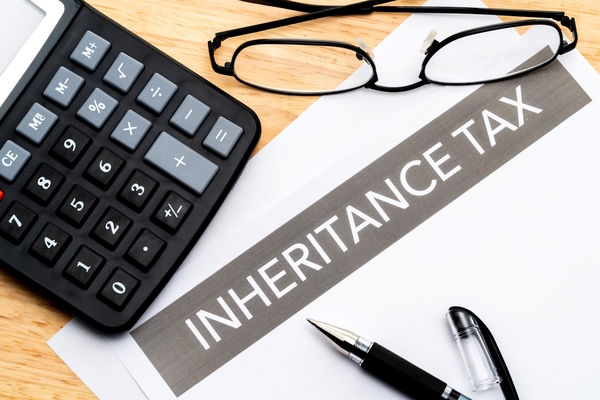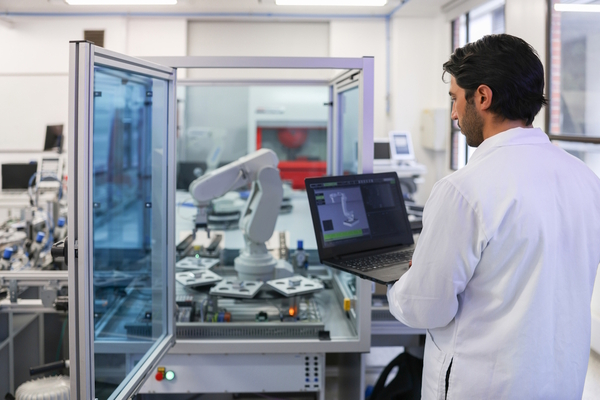Reforming upskilling strategies for the changing work landscape

With the two year anniversary of the first Covid-19 lockdown approaching, Ian Rawlings at SumTotal asks how leaders across industries can upskill the workforce to deliver new business models in the post-pandemic era
The events of the last two years have triggered a tidal wave of business changes, forcing HR and L&D leaders to review and revamp their approaches to ensure a future-fit workforce.
As of September, YouGov found that half of British workers (50%) are still working from home at least some of the time, up from 37% before the pandemic. This has made digitising everyday work processes a priority, with a lot of the recruitment, hiring, and onboarding of new employees being done, at least in part, virtually.
Existing employees require skills in line with this changing digital-centric environment, exacerbated by the fact that existing talent pipelines have been falling for some time. Indeed, according to McKinsey, 87% of executives experience a skills gap in the workforce or expect them soon. Less than half have a clear sense of how to address the problem.
Adding to this, many university graduates aren’t demonstrating the fundamental skill sets that organisations need - such as meeting facilitation, conflict resolution, and time management. This means that the HR programs, that once focused on developing employees for leadership roles, must now focus on developing fundamental skills.
There are various ways in which organisations can find and develop talent. But it is up to HR and L&D leaders to shine a light on the path forward.
Here are three fundamentals for upskilling and reskilling your employee base:
1. Map skills and competencies
Too often, the terms skills and competencies are used interchangeably, however the two concepts work in unison to enable employees to succeed. Whilst skills refer to the specifics to doing a job, competencies capture how someone performs the job - putting skills into context.
For example, writing and speaking are skills, while communication is a competency that measures how articulately, clearly, and persuasively someone speaks, writes, reads, and presents.
Early in the pandemic, adapting to a different working environment became a challenge for many employees. Setting up a workable office, adopting new time management disciplines, and learning to motivate themselves, were the minimum skills required to adapt and continue working as productively as before. More adaptable employees transitioned with ease, while others took longer to get to this level - emphasising the broad skill sets that all employees need to survive and thrive.
As organisations deal with today’s challenges and prepare for unforeseen changes, they must be able to quickly identify the skills that align with its new needs.
The first step should be gathering and capturing an inventory of skills across the organisation that the HR department and other leaders can easily call upon. Most organisations lack a central database of skills, and at best calibrate one on an annual basis; whilst some HR teams can become overwhelmed when setting out to curate a skills inventory, due to the sheer breadth of employees and positions within the company.
That said, skills are easier to inventory than competencies, as they are simpler to define and identify in each other and ourselves. Getting employees to log their own skills will ensure a quickly curated skills inventory, from which organisations can match people with the company’s needs and help them understand their skills gaps.
From this point, organisations can upskill their employees with knowledge relevant to today’s issues, and ensure skills are confidently enhanced or replaced by new skills to move the business forward.
2. Create learning plans
Once organisations have a clear understanding of gaps in skills and knowledge across the workforce, they can curate learning programs that will upskill and reskill the employee base.
However, this requires thinking beyond the standard curriculum approach. This can be overwhelming for workers who are showing a growing preference for bite-sized curriculums.
The past two years have proven that employee development is no longer just a nice to have, but essential to an organisation’s survival. Increasingly, organisations are enabling employees to self-direct their learning. This is partly out of necessity as employees work remotely, and partly because giving employees autonomy ensures they feel more engaged, supported and trusted.
This syncs perfectly with the need to ensure that employees gain knowledge to apply in the moment, and can adapt effectively to the ever-changing business environment.
By equipping employees with the necessary skills before an event occurs, employers can empower staff to gain knowledge based on trends and anticipated needs.
Today’s employees need to gain knowledge, adapt swiftly and show resilience. With this in mind, it’s smart to focus on essential soft skills - such as critical thinking, communication, and collaboration. Drawing conclusions from various data points, while collaborating and communicating, will help move the business forward in the current climate.
3. Measure success over time
The skills landscape is constantly evolving, meaning the way organisations measure success also needs to evolve. It’s no longer relevant to measure course completions, or the impact of a skill on an employee - but how this enables business success.
A highly accurate, relevant measure aligns with business priorities - meaning HR and L&D need to assess the skills associated with each competency and define relevant metrics that matter to the businesses, and that can be measured against an employee’s performance.
Adaptable employees are essential, so relevant metrics include an employee’s ability to learn, unlearn and learn again. Equally, as organisations increasingly shift to digital processes, organisations should assess metrics to ensure that employees are aligned to this.
By taking a metrics-driven approach to learning and talent, and integrating this with wider business metrics, organisations can define their reskilling programmes with certainty and support new business models and strategies in an agile way.
By capturing what works and what doesn’t deliver anticipated outcomes in terms of workforce engagement or business impact, L&D strategies can be constantly refined in line with changing workforce and commercial needs.
Ultimately, the more organisations are able to visualise the efficacy and impact of their L&D programmes, the better prepared they will be to ensure that L&D investment is directed appropriately and always delivers on its promises.
Foot on the pedal
Upskilling and reskilling are not new buzzwords, but the events of the past two years have highlighted increased urgency of enabling this type of learning and development. According to recent research from Skillsoft, more than half of IT leaders said skills gaps are adding stress to organisations, with 36% claiming they are preventing them from meeting business objectives, and 42% saying it’s stopping them from meeting expected quality objectives.
With monumental changes in how work gets done and what it takes to succeed in existing and future roles, HR leaders have needed to shift gears overnight - and shouldn’t take their foot off the pedal anytime soon.
Ultimately, organisations need to take further steps to future proof their employee base. They should start by reimagining the workplace, and enabling employees to adapt and learn for the future.
By closing the skills gap with a strategic approach, organisations can best position their employees and business for future success.
Ian Rawlings is RVP EMEA at SumTotal
Main image courtesy of iStockPhoto.com

Business Reporter Team
Most Viewed
Winston House, 3rd Floor, Units 306-309, 2-4 Dollis Park, London, N3 1HF
23-29 Hendon Lane, London, N3 1RT
020 8349 4363
© 2024, Lyonsdown Limited. Business Reporter® is a registered trademark of Lyonsdown Ltd. VAT registration number: 830519543





